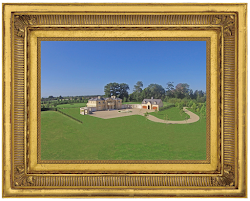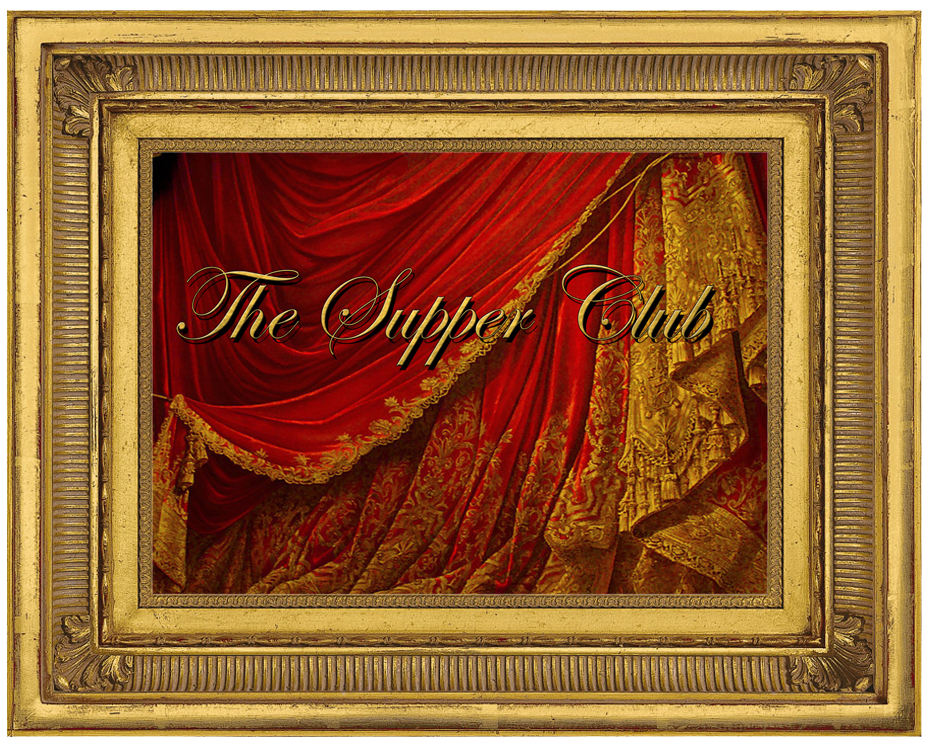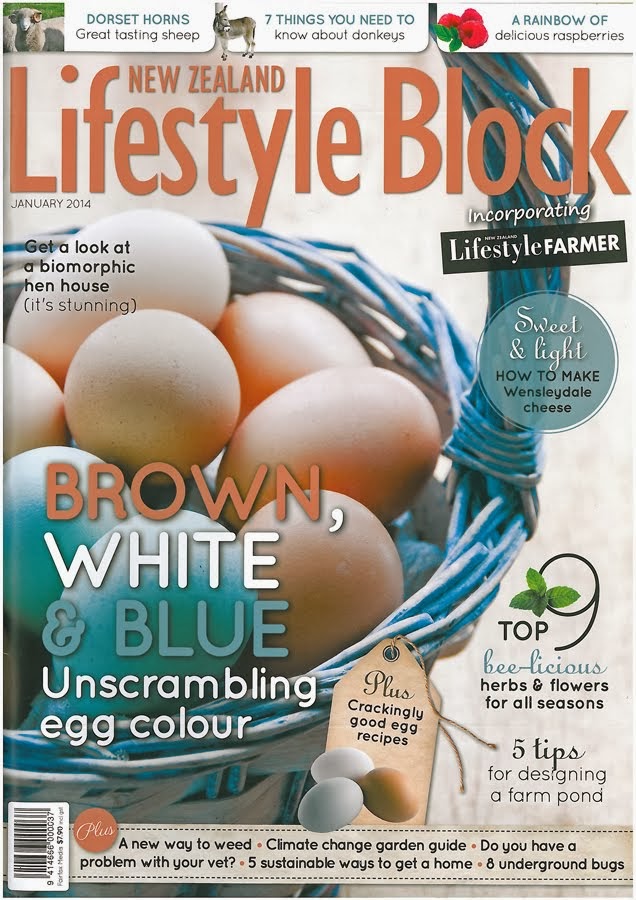
Above: John Carr
Below: A Yorkshire castle
Above: Basildon Park
Below: The plans for Thorsby Park
But I digress. Harewood is not only known for its architecture, but more so for its furniture , much of which is by the famed eighteenth century English furniture designer Thomas Chippendale, who came from nearby Otley.

In the 1990s, with the financial assistance of the Heritage Lottery Fund, restoration work began. Expert advisers, carvers and gilders, mattress makers, silk weavers, seamstresses and craftsmen and women all over the country worked to restore this masterpiece of English furniture to its former glory.
Chippendale was responsible for the complete suite of furniture in the room. The Diana and Minerva commode with its ivory inlay and nobility of line is often referred to as his finest creation.



Above: Harewood House from A Complete History of the County of York by Thomas Allen (1828–30), showing the house before Barry altered the facades and added an extra storey to the pavilions.

The Terrace is on two levels and commands views over idyllic countryside. Below is the parterre which was restored in 1994 and comprises stately fountains and symmetrical flowerbeds outlined by clipped box hedging over a mile in length. More than 20,000 plants and bulbs are planted in the Parterre every year, creating a mass of colour from spring to autumn...



The stone statues in the fountains at either end of the Parterre are part of Barry’s original design, but the bronze figure in the central fountain (‘Orpheus’ by Astrid Zydower) was added in 1984 when the original statue collapsed. Herbaceous borders with perennials, tender exotics, roses and climbing plants complement the neo-classical architecture of the house...

On the accession to the title by the present Earl, her elder son, George, the Princess continued to live in the house until her death in 1965. She is buried in Harewood Church.


Another less notable, more notorious person associated with Harewood was Lady Worsley (depicted by Sir Josua Reynolds above). Born Seymour Flemming, she married Sir Richard Worsley at Harewood house, where her mother was chatelaine. Richard Worlsey was comptroller of the King's household, an MP and governor of the Isle of Wight. She was notorious because she was said to have taken at least 27 lovers after fufilling her 'duty' of providing Worsley with an heir. Apart from her regular lovers there were evidently many more dalliances, and unseemly stories, such as her throwing parties a Harewood, where she thew her male guest's britches out of the ballrooom windows! The Reynolds painting above forms part of Harewood.s art collection today.
















%2B-%2BMarie%2BTherese%2BBloneldharau%2Bas%2BFlora.jpg)
















































No comments:
Post a Comment